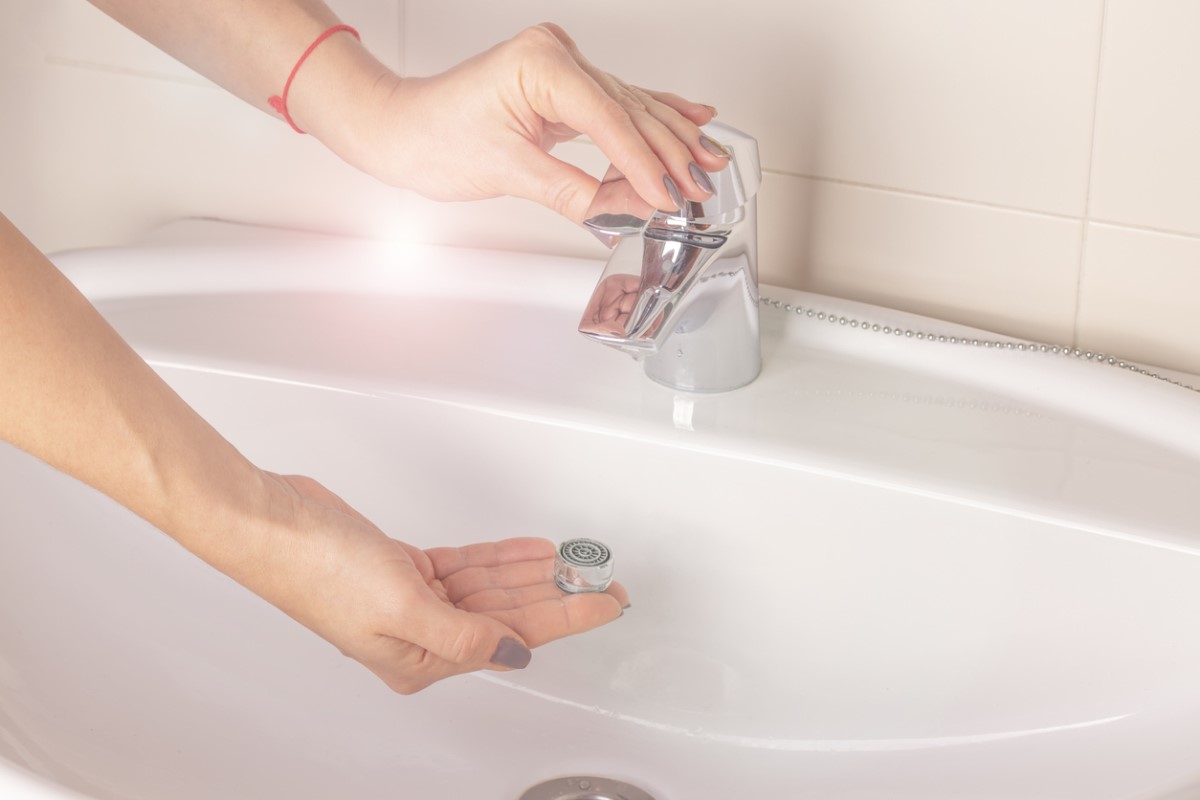Low-flow Fixtures and Aerators
Importance Of Low Flow Fixtures And Aerators
20th November 2021

We all know that, day by day the water is depleting drastically.
Low-flow fixtures can help homeowners save money on their water bills while also providing a sustainable and environmentally responsible option for your remodeling or construction project. When compared to non-low-flow fixtures, low-flow fixtures such as toilets, faucet aerators, and showerheads can give the same utility.
What is the definition of low flow?
The first thing to remember is that low flow does not necessarily imply low water pressure. Low-flow water appliances, such as toilets, sinks, and shower heads, consume less water per minute than earlier ones, allowing you to save water. They achieve this by employing a high-pressure technology that allows them to maintain the same water pressure while utilizing less water than other, less efficient models.
Your Shower Head and Low-Flow Technology
How good is your present set-up? This is the first question. This fast test makes it simple to answer:
A low-flow shower head may be beneficial if it takes less than 20 seconds to reach the 1-gallon mark.
So now you know whether you require a low-flow shower head. That’s the first step! Step two is to choose the best option for you
Here’s are some numbers for us to understand the amount of water we use daily
Aerator is used as a low flow fixture for faucets, shower heads. It is a small attachment that are fitted at the end of the faucets. This device introduces air into the water that comes from the faucets. That air separates one solid stream of water into small streams with space between them. This allows low flow faucets to maintain high water pressure while releasing less water and maintain the constant water flow.
There are three types of faucet end aerators:
By adding an aerator, we can save up to 700 gallons/year.
Installing Low Flow Fixtures Has Many Advantages:
One of the simplest methods to lower your monthly utility expenditures is to install low-flow plumbing. Start by investing in a new kitchen aerator. After you’ve seen the savings, you may add to them by installing low-flow faucets and showers throughout the house, as well as a new toilet. When these changes are integrated, one of the home’s major utility expenditures can be reduced. For commercial businesses, the scale and numbers simply extend enormously.
RECOMMENDED

Jali, a traditional architectural element renowned for its beauty and functionality, has evolved...

Green audits are essential tools that provide a comprehensive assessment of an organization's environmental...

Daylighting is a strategic element in sustainable architecture, essential for reducing energy consumption and enhancing...